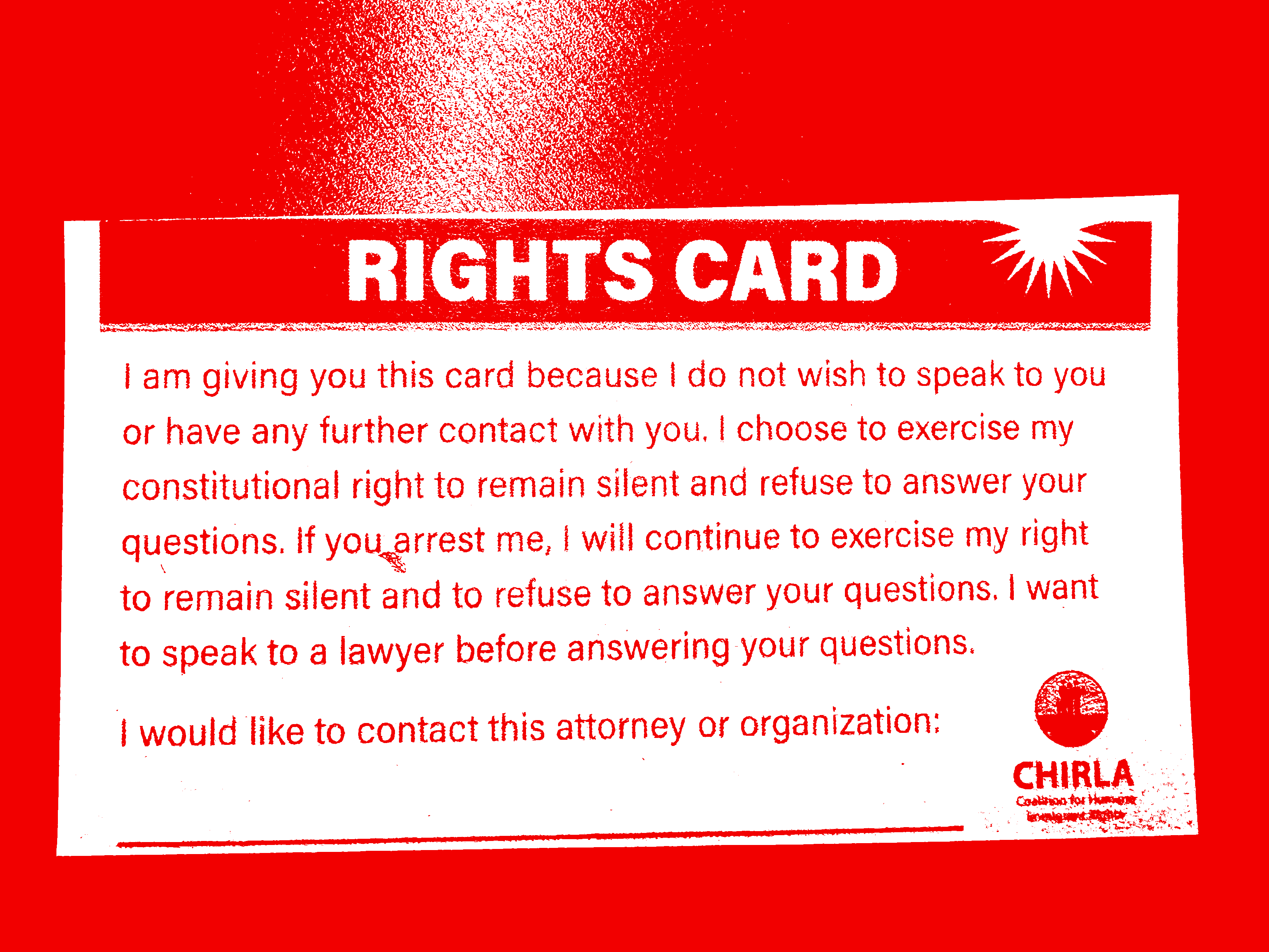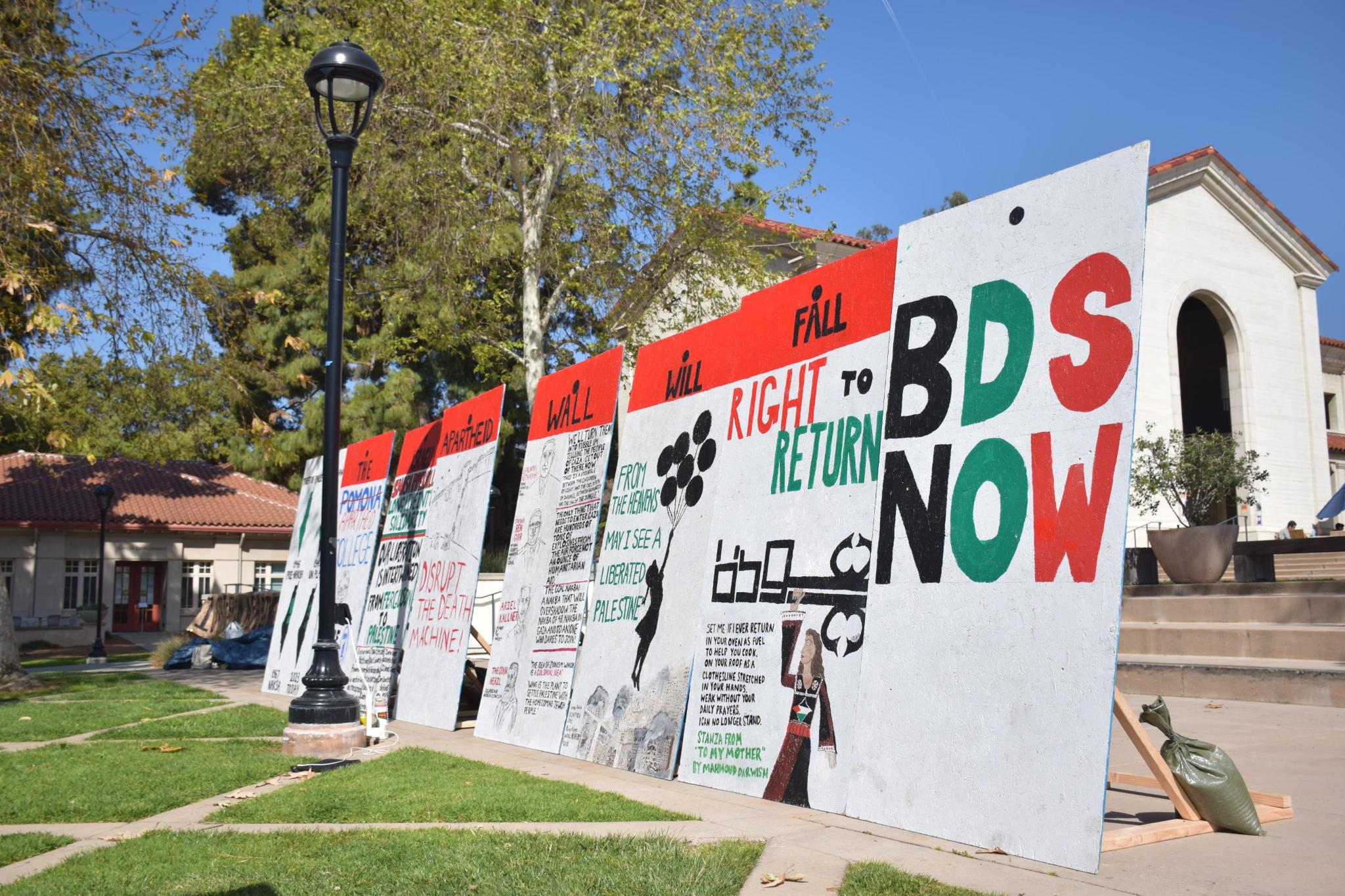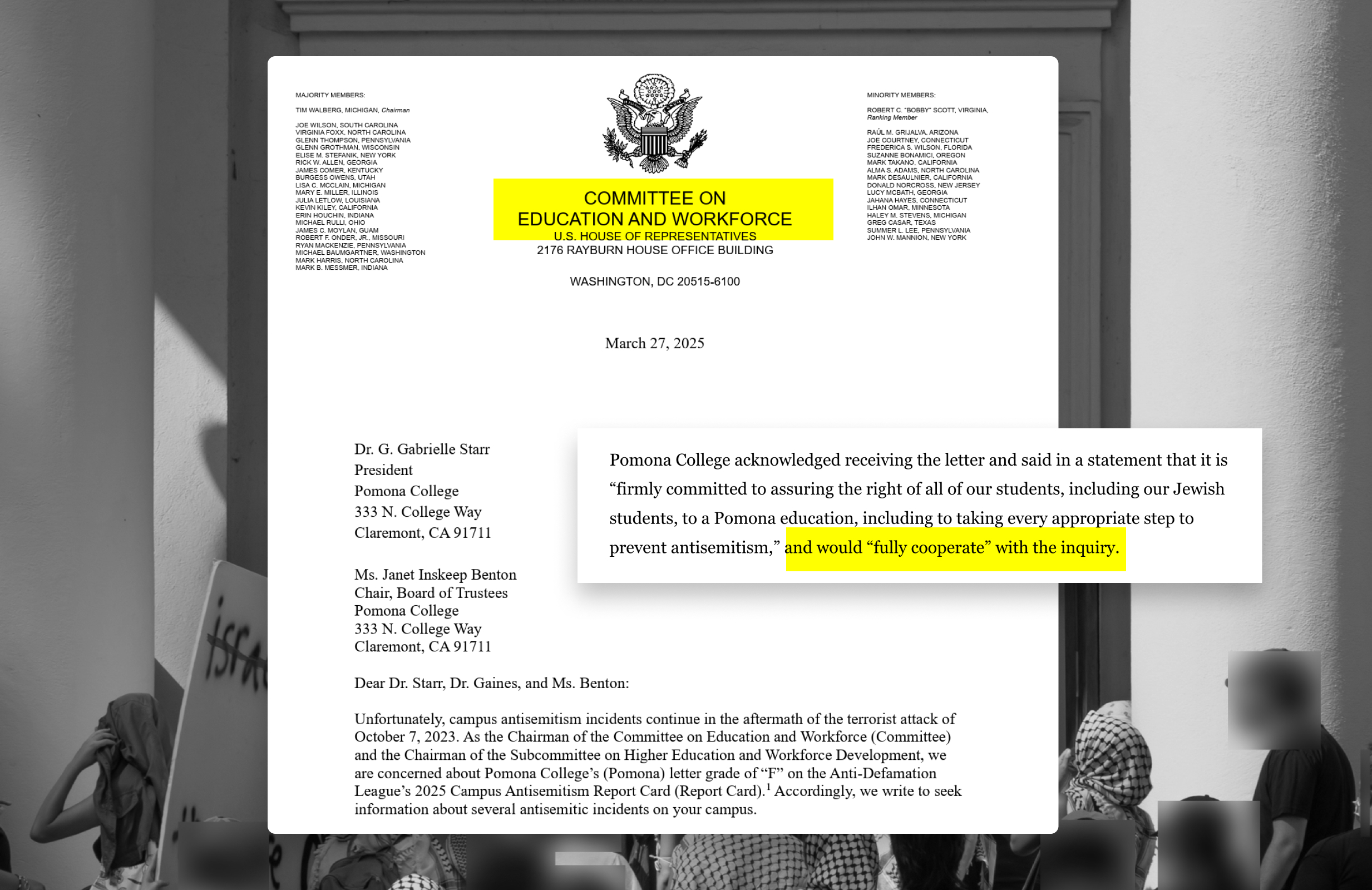
February 27, 2025
The training comes as a response to recent developments in immigration law and attacks on undocumented communities. Here’s what you should know.

On the evening of Feb. 4, deportation defense lawyer Russell M. Jauregui presented a “Know Your Rights” training for undocumented community members and allies from the Claremont Colleges. The training covered changes in immigration policies, differences between immigration agencies and what to do when encountering immigration agencies. The training comes in light of a new wave of ICE arrests and undocumented immigrant detention policies in the United States
Jauregui, a lawyer with San Bernardino Communities Service Center, introduced himself as a deportation defense lawyer with a specialized focus in representing undocumented youth and unaccompanied minors. The San Bernardino Communities Service Center, SBCSC, is a non-profit that serves low-income Inland Empire communities with legal services and advocacy projects.
Jauregui opened the training by covering major changes in immigration policy since the recent inauguration of President Trump. Since his first day in office, President Trump reinstated 27 immigration-related policies to militarize the southern border and expedite the process of arresting and deporting undocumented immigrants. The move comes as a part of a national and bipartisan attack on immigrant communities, with former-President Biden deporting the largest number of undocumented immigrants in the past decade.
Jauregui emphasized the use of media attention on recent deportations as a scare tactic for immigrant communities. On Feb. 17, the Department of Homeland Security announced an advertisement campaign warning undocumented communities to leave the country or else be “hunted down and deported.”
The organizers of the training requested that the space and organizations that hosted the training remain anonymous due to safety concerns.
Jauregui showed visual differences between different government vehicles that tend to be mistaken for ICE vehicles. ICE vehicles are not labeled to indicate their department of origin. Unlike the police, Drug Enforcement Administration, and Border Patrol, ICE cars are usually black or white with tinted windows and do not have license plates.
Immigration and Customs Enforcement (ICE): ICE agents wear plain clothing with thick vests branded with “Police” on the front and “ICE” on the back. The lettering for “Police” is larger than that of “ICE,” which is placed underneath the former.
People commonly confuse ICE agents for police officers, which can determine the outcome of ICE encounters. For example, people may give consent to an agent they believe to be a police officer, mistakenly allowing them to enter their property. Jauregui also warned that ICE agents dress in plain clothing and might wear vests with inconsistent messaging to confuse undocumented immigrants.
CUSTOMS AND BORDER PROTECTION (CBP): CBP agents wear plain shirts with badges. They are more clearly identifiable than ICE agents because of their labeled badges.
Judicial: Judicial warrants are legitimate warrants signed by a judge. Jauregui emphasized that knowing the difference between a judicial and administrative warrant can be critical to protecting undocumented communities, as ICE often presents false information to undocumented immigrants. If ICE presents a judicial warrant, they are allowed to detain the person being targeted. If ICE presents a judicial warrant, they are also allowed to enter the premises, i.e. an undocumented person’s house or workplace. A judicial warrant must be issued by a court and include:
Administrative: Administrative warrants are issued by ICE officers or the Department of Homeland Security instead of a judge. According to Jauregui, neither of these warrants are sufficient for ICE to use to enter a home with. An undocumented person has the right to refuse entry to an ICE or DHS agent if they are handed an administrative warrant. The use of an administrative warrant is commonly referred to as a ruse— a strategy in which ICE attempts to lure people out of their homes.
Administrative warrants include:
ICE agents target public spaces, which allows them to conduct operations without warrants permitting them to do so. If they encounter agents in public, undocumented people can:
When ICE asks where they were born, where they are from or where their parents were born, they still have the right to remain silent. In order to start a deportation case, the government must prove what country the person is from, ie “alienage”. If someone is undocumented, they should not walk around with a passport or any other “proof of alienage.”
Jauregui noted that even if precautions are taken, ICE may still arrest and detain individuals. However, communities can keep each other safe through invoking their rights and giving as little information as possible.
Another critical factor to understand is the difference between detention and arrest. Jauregui states that with reasonable suspicion, law enforcement agencies can detain someone for a short period of time. Arrests are made when a law enforcement agency has probable cause to believe that a person has violated the law. However, reasonable suspicion is not enough to constitute an arrest.
Interactions with ICE on private property are dependent on different locations. If ICE shows up at someone’s door, an undocumented person has the right to refuse entry and ask for a search warrant. If ICE does gain entry, the same precautions should be taken as in a public setting. In southern California, ICE must have a search warrant to enter the yard around a house.
In workplaces, Jauregui says any preparedness for an inspection depends on the employer. ICE cannot enter workplaces that are designated as “private”, i.e. through a “authorized persons only” sign outside the workplace.
Jauregi emphasized the process of expedited removal as another key change in the Trump administration’s immigration policy. In the case of an expedited removal, an undocumented person could be arrested and never see a judge in an immigration court. Instead, the new Trump administration has announced plans to use expedited removal for undocumented folks who have been in the country for less than two years consecutively.
Jauregi advised undocumented folks who have been in the country for longer than two years consecutively to carry documentation to prove that they have been in the United States for at least two years. For folks who have been in the country for a shorter period of time, Jauregi warned that foreign identification documents, such as a foreign passport, could be used against an undocumented person.
In early January, Border Patrol rounded up over 78 farmworkers in Kern County, California outside a Home Depot. Jauregui described border patrol raids to be fast moving and usually conducted by Border Patrol instead of ICE. Raids commonly occur in public spaces, including stores, markets, parking lots, parks, and any other place where ICE or Border Patrol deems that people without documentation status might gather.


Affinity groups

Palestine

Palestine

Undercurrents reports on labor, Palestine liberation, prison abolition and other community organizing at and around the Claremont Colleges.

Issue 1 / Spring 2023
Setting the Standard
How Pomona workers won a historic $25 minimum wage; a new union in Claremont; Tony Hoang on organizing
Read issue 1